9 simple living room layout fixes to make you feel happier and your space flow better
Simple ways to make your living room work and flow better for a more inviting and soothing space
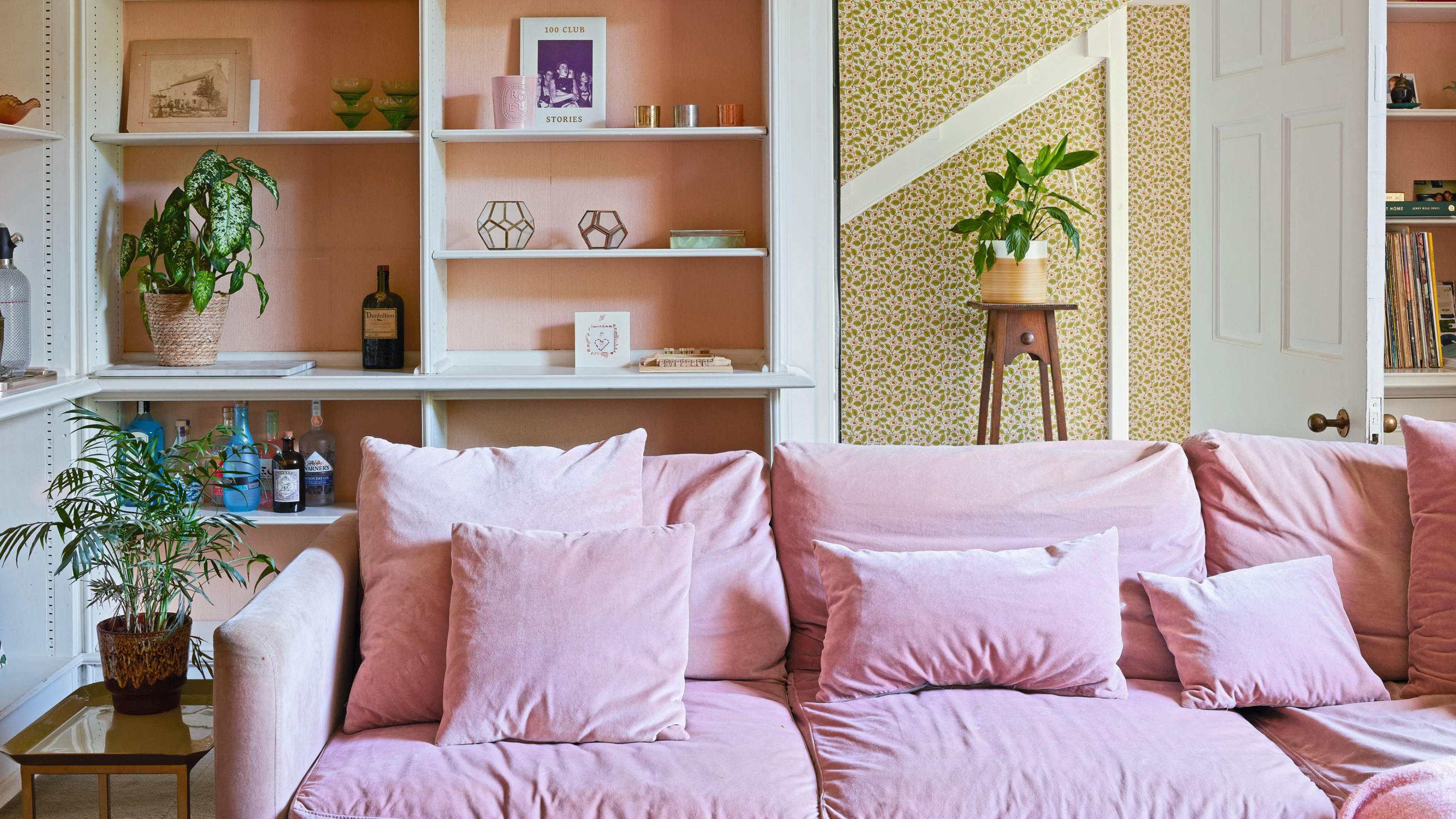

- 1. Pull the furniture away from the walls
- 2. Arrange furniture for talking, not TV
- 3. Avoid sha qi (harmful energy)
- 4. Turn a knock-though into two zones
- 5. Use symmetry for a tidier look
- 6. Create Yin and Yang flow
- 7. Get a bigger rug
- 8. Hang the TV on the wall
- 9. Use space-dividing furniture in an open-plan room
- FAQs

We expect a lot from our living rooms these days – it’s where we chill out, chat, watch TV and, often, eat. The clue is in the name, the living room is the space where we do a lot of our 'living' in the home. But sometimes those different functions can create conflict and stress in the home, which often stems from the layout.
For example, do you position your seating facing each other for easy conversation, or facing the TV? How do you ensure everyone has somewhere to put their cup of tea - slash - glass of wine? That coffee table stranded in the middle of the room can be a long way to reach.
Living room seating arrangements are often an easy fix to create a more harmonious and happy home. If your living room isn’t hitting the sweet spot, we've rounded up some top tips for creating a living room layout that will make you feel happier, and make life a little easier.
Living room layout fixes to make you feel happier
We asked interior designers, stylists and a feng shui expert for their hot tips to improve the layout of every type of living room for a calm and welcoming space. Whether you can't seem to get the flow around the room quite right or are struggling to create a connection in an awkward-shaped space, we have tips to help you.
1. Pull the furniture away from the walls

Of all the ways to make a small living room look bigger, this is our favourite. ‘Furniture lined up against the walls can make your room feel smaller,’ says interior designer Sophie Clemson. Try moving your sofa and armchairs at least 10cm away from the walls to give the illusion of more space and create a cosier and more sociable seating arrangement.’
Sophie has worked as an interior designer for eight years. She is the co-founder and director of The Living House.
2. Arrange furniture for talking, not TV
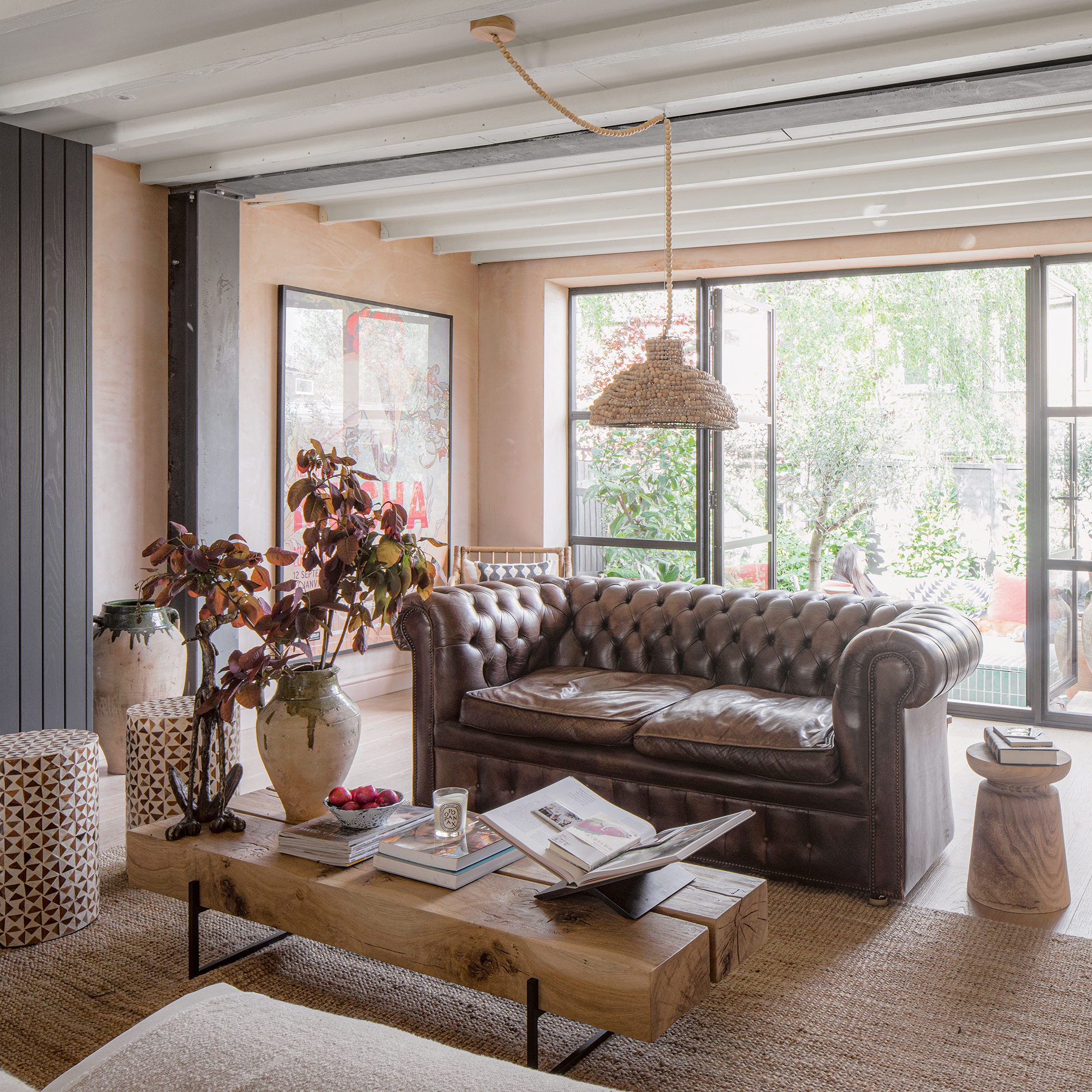
How to arrange living room furniture depends on how you prefer to use the space. Usually, the TV takes priority, but if you have more than one seating area, why not dedicate one to social time instead?
Interior designer Athina Bluff says, ‘Arrange furniture in a way that facilitates conversation. Instead of lining up all the furniture against the walls, pull it away to create conversational groupings. This is especially important if the room is large. So bring things into the centre of the room and create a flow of movement around it. Try a console table behind a sofa if you don't want to look at the back of the sofa when you enter. Also group armchairs in pairs.’
Get the Ideal Home Newsletter
Sign up to our newsletter for style and decor inspiration, house makeovers, project advice and more.
3. Avoid sha qi (harmful energy)
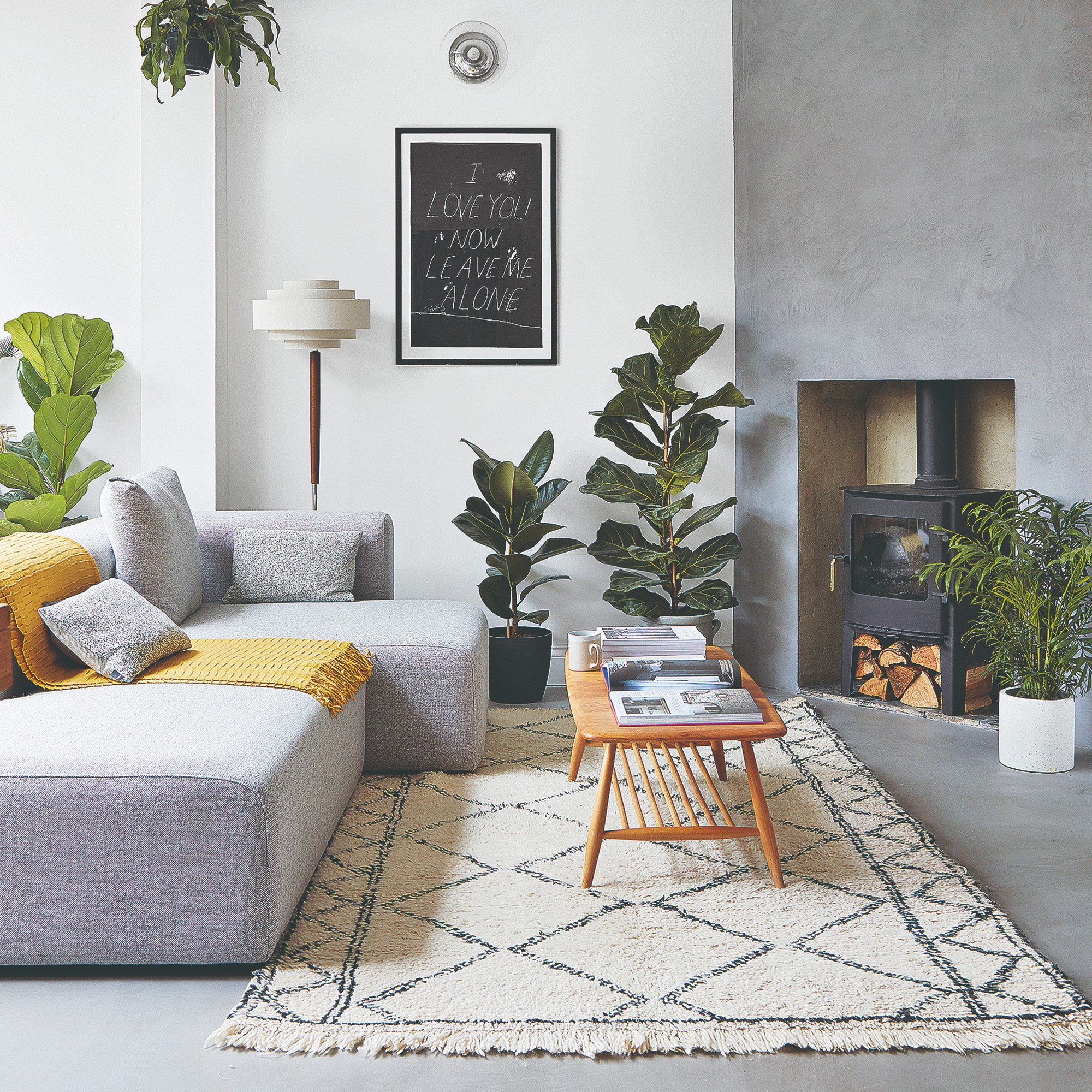
Feng shui practitioner Ryan Terren explains, ‘Sha can be created in the home by sharp angles within the internal architecture, such as inward pointing corners in L-shaped rooms, sloping ceilings, etc.
'They are sometimes called “poisoned arrows” – feng shui language can be melodramatic sometimes, but it’s exaggerating the point to make it. They won’t kill you, but can unconsciously unsettle the mind, meaning that you can’t relax in the space properly. Sharp corners can be softened using things such as house plants, drapes, round tables, crystals or pottery. If you have vaulted ceilings, hang a globe-shaped pendant shade.’
Ryan graduated in geography from University College London and worked as an actor, maker and teacher in theatre and film. In 2015 he began training in internal arts with Lotus Nei Gong International and became a certified Qi Gong teacher in 2019. Alongside this, he began training in Ba Zi and Feng Shui. He has his own practice, LifeHouse Feng Shui, and continues to train with masters in the field. He is an accredited consultant with the Feng Shui Society.
4. Turn a knock-though into two zones
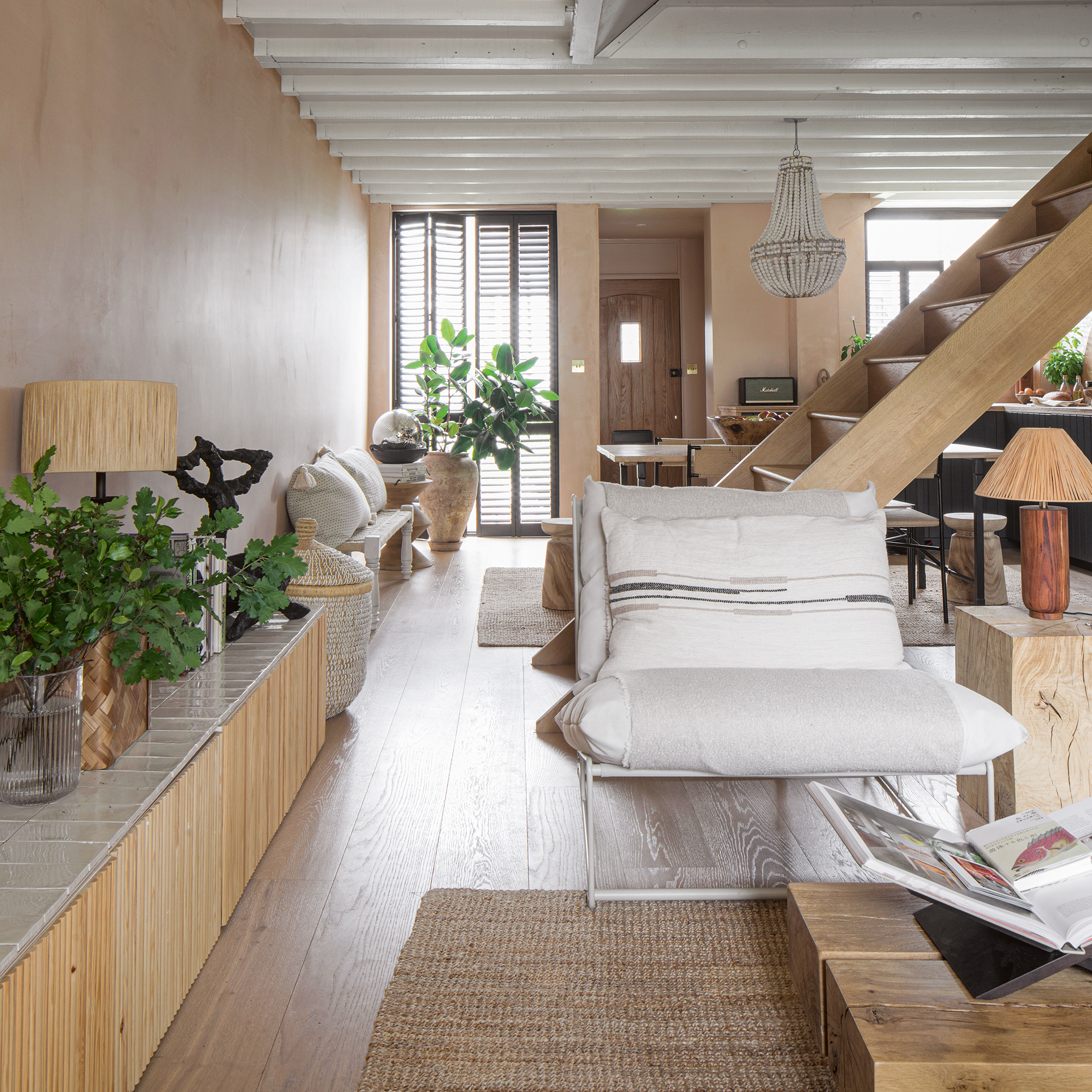
How do you arrange your furniture across the two spaces without having everything lined up awkwardly around the edges of the new room like teenagers at a school disco?
Sophie Clemson from The Living House advises, ‘ With a knock-through it is important to give each area of the room a purpose and a function. This may be that half of the room is used as a dining area, playroom or home office.
‘Place a sofa across the width of the room to break up the long lines of the space. This will make it feel wider. Behind the sofa, place a console table or sideboard to act as a half-wall and divide the two areas. You could style it with table lamps to add a layer of cosy lighting. Rugs can create a link between the two parts while still giving them their own identity, but make sure you go for large rugs to really define each area.
5. Use symmetry for a tidier look
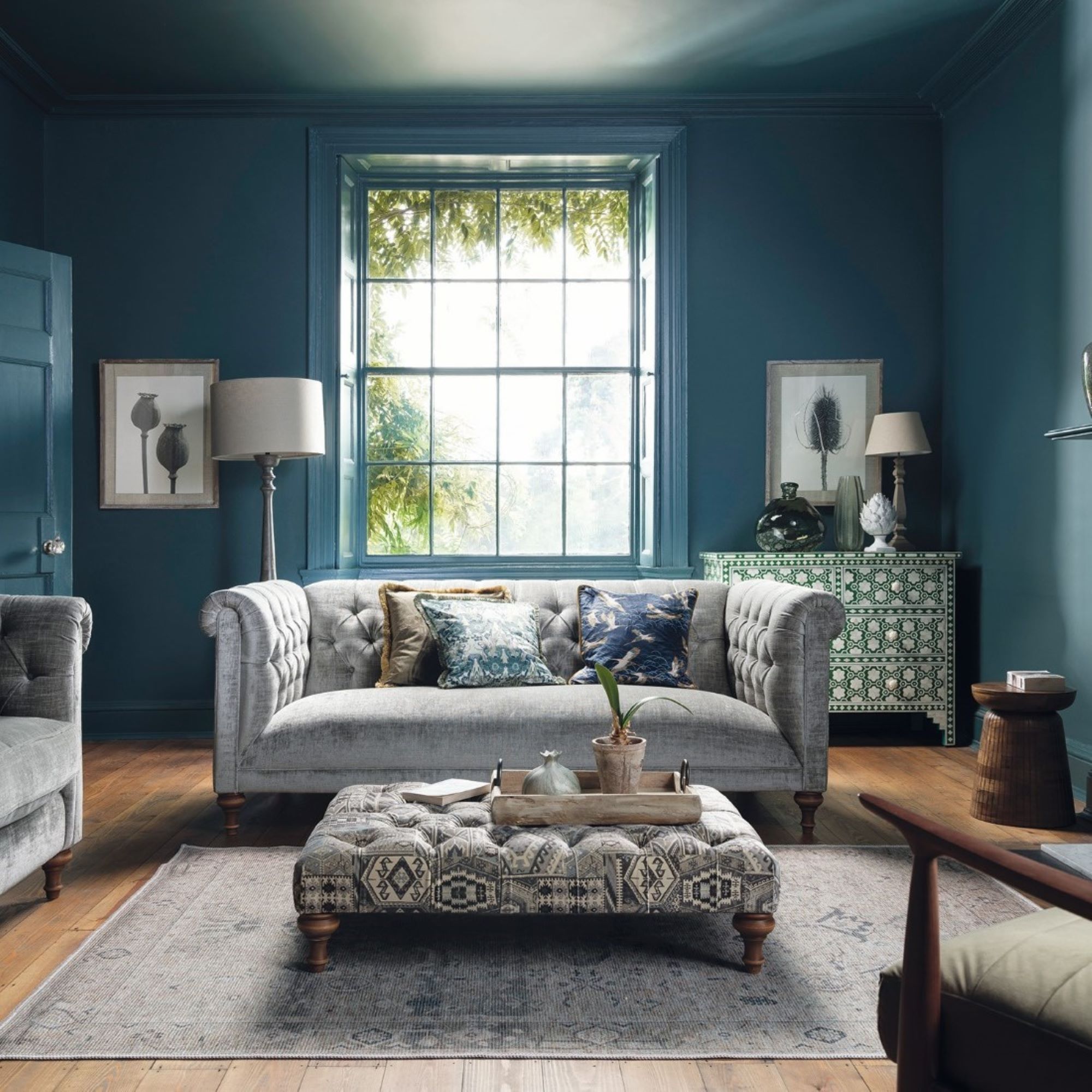
A symmetrical arrangement of furniture is particularly effective for small living room ideas, which will benefit from a simple, balanced look to prevent visual overwhelm. Interiors stylist Sara Bird explains, ‘Symmetry in a living room is a classic interior design principle. If centrally positioned, a chimney breast or fireplace is a good place to start a mirror image setting. Other central features could be paintings, frames or a large item of furniture such as cabinetry or seating.’
‘Wall surfaces can help divide a room equally such as installing the same size and style of panelling, paint colours or pattern at either end of a room. Doubling up on accessories continues the look with pairs of side tables, lamps, armchairs and cushions.’
‘If a room has unequal proportions or features, it is possible to create symmetrical repeats. For example, matching a doorway shape and size at one end of a room with a shelving unit of the same dimensions at the other end. Accessories can also be used to make this impression such as a collection of prints arranged to match the size of one opposite picture.’
Sara has worked in the interiors industry for more than 20 years as a stylist, art director, speaker and author. Her latest books are Home for the Soul and Gardens for the Soul (Ryland, Peters & Small).
6. Create Yin and Yang flow
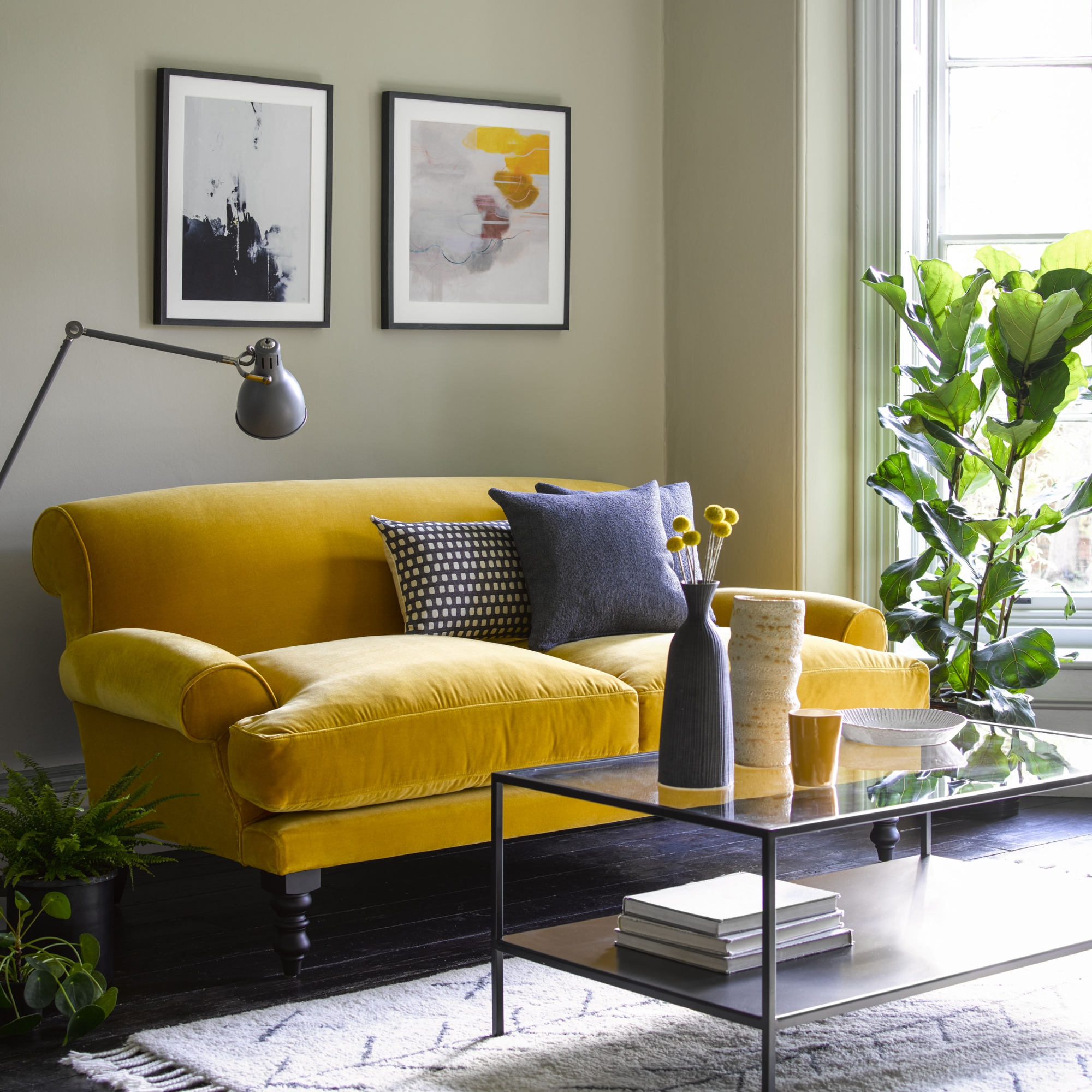
Ryan Terren says, ‘Yin and Yang flow is a simple enough concept to grasp and can be actioned without the fiddly calculations that more advanced Feng Shui requires. Basically, you identify areas on your floor plan which require Yang (movement) and those which require Yin (stillness) and make sure they are used appropriately.
'Yang spaces are those areas between doors and windows, doors and other doors, or other areas of activity such as the kitchen stove, for example. Yin areas are everywhere else – corners, areas beside walls.
'Sofas, dining tables, beds, etc, should be placed in yin spaces and yang spaces kept clear of heavy furniture. It’s not a hard and fast rule but obstructed yang spaces can have an adverse effect on body and mind over the long term.’
7. Get a bigger rug
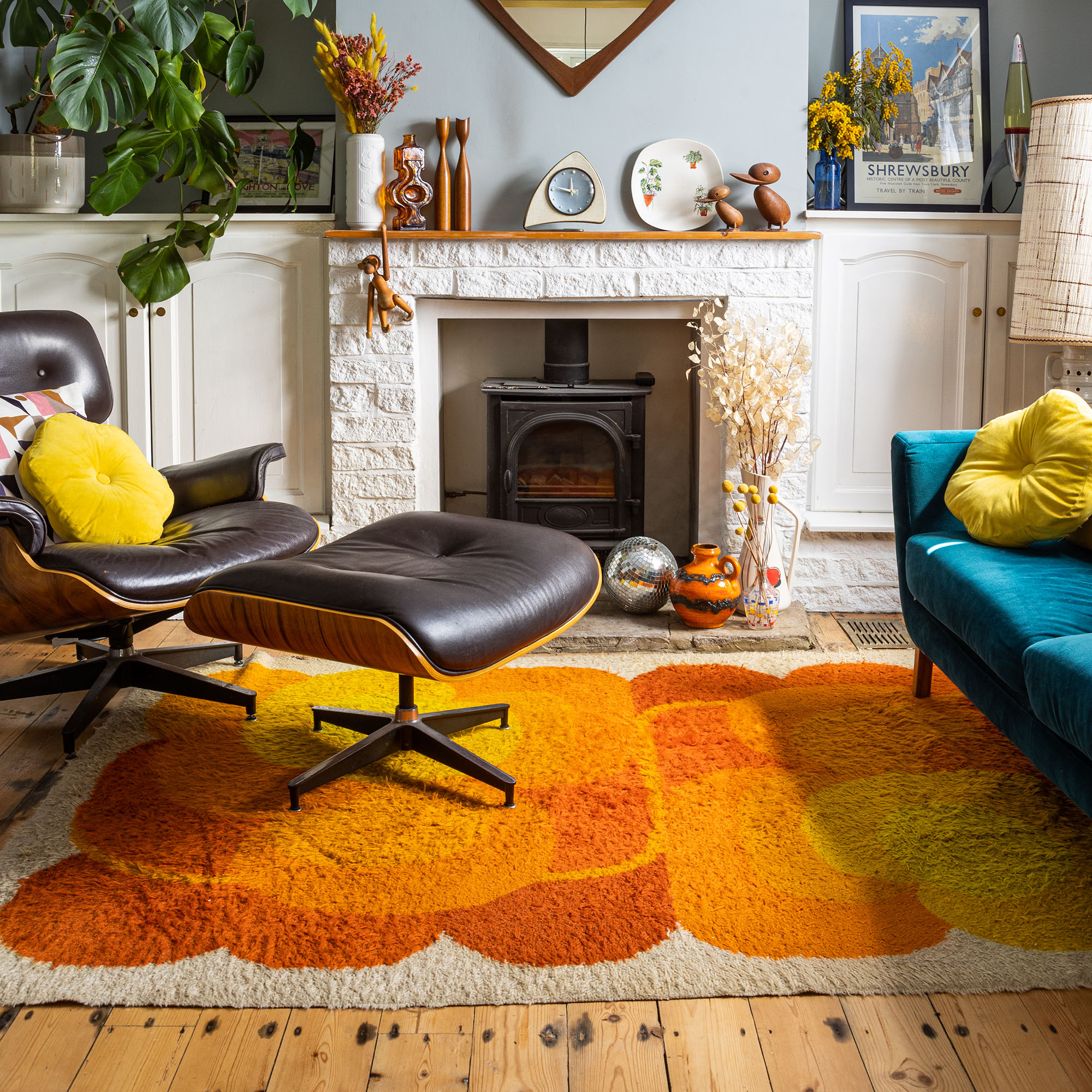
There is a myriad of living room rug ideas. They’re the simplest, quickest way to add colour, texture and pattern to your room. However, size does matter.
Sophie Clemson says, ‘The rug being the wrong size is one of the most common mistakes we see, especially in living rooms. Always go large with your rug; otherwise, it can look like it's lost and floating in the middle of the room. If the rug is too small, it will make the room look smaller as it draws your eye inward. You want your rug to be large enough to fit under the front two feet of your sofa and to zone your seating area.’
8. Hang the TV on the wall

Interior designer Athina Bluff says, ‘The placement of the TV and the arrangement of furniture in a living room can significantly impact the overall design and functionality of the space. For a traditional living room setup where the primary purpose is TV watching, consider placing the TV on the largest wall, directly across from the main seating area.
'Don't worry about it being above a fireplace – try a Samsung Frame TV which can double up as art, if you don't want it to dominate the room. Consider room shape, too: in a square room, placing the TV in the centre of one of the walls may work well. In a long and narrow room, consider placing the TV on a shorter wall to maintain a balanced look.’
If you hate how the screen dominates your living space, there are various ways to hide your TV or minimise its impact.
Founder and designer at affordable interior design service Topology Interiors, Athina previously worked for Kelly Hoppen as a design consultant and in the luxury furniture industry. She runs her London-based design studio and writes an award-winning blog, and has worked with names such as Ikea and Habitat.
9. Use space-dividing furniture in an open-plan room

That huge, multipurpose living-dining-cooking space has all kinds of benefits, but open-plan living can be dysfunctional if the arrangement of furniture isn’t optimised.
Cleo Allen, Design Account Director at Andrew Henry Interiors suggests, ‘Create “zones” with furniture. For example, a low-level sofa that keeps the space feeling open and free-standing storage furniture with open backing to act as a divider. Large rugs, feature walls, and sections of open-wall shelving can also serve to define separate spaces. It’s important to stick to the same style of furniture, for a cohesive effect.
‘Layer light differently in each zone, using both directed task lights and overall mood lighting for ambience, but creating a different vibe. For example, hang a low light over a dining table to visually “zone” it.
Cleo worked in sales for 10 years before joining Andrew Henry Interiors in 2021, where she helps clients to get the best results for their renovation projects.
FAQs
How can I make my living room a happy place?
Jean Whitehead, senior lecturer in interior design at Falmouth University says the key is to appeal to all the senses: ‘Interiors are so much more than a visual experience. Considering the five senses of touch, sight, hearing, smell and taste will always enhance our decorative decisions. The evocative potential of scent and its ability to conjure happy memories, the tactile nature or aural quality of a room all amplify our psychological sense of contentment.’
How can you use space to create a cosy feeling in a room?
Interior designer Juliette Thomas advises, ‘Start by choosing a focal point in your living room, such as a fireplace, and arrange your furniture around this to create a visually appealing and balanced scene.
'Position your furniture away from the walls and windows as this can help to create a cosy and cocooning effect while still allowing plenty of space to move around the room. For a more intimate setting, your sofa and armchairs should be in close proximity and facing towards one another to ensure social seating. Warm, ambient lighting is also integral and finishing touches such as cushions, blankets and a sumptuous rug offer softer and more comfortable textures.’

Vanessa Richmond has been a freelance writer, editor and editorial consultant since 2021. Her career in magazines began in 1998 and, apart from a four-year stint at women’s lifestyle magazine Red, it has been spent working on interiors titles including House Beautiful, Country Homes & Interiors and Style at Home. She is a former editor of Ideal Home, Country Homes & Interiors and Style at Home magazines. She has also worked for House Beautiful and Red. During her 25 years as a journalist, she has been a sub-editor, columnist, deputy editor and editor. Now she combines freelance writing with being a secondary-school English teacher.
-
 Should an air fryer be on display in a kitchen or hidden away? This is why I always keep my small appliances on the worktop
Should an air fryer be on display in a kitchen or hidden away? This is why I always keep my small appliances on the worktopAre you on team display or neatly hidden away? Share your opinion in the comments
By Rebecca Knight
-
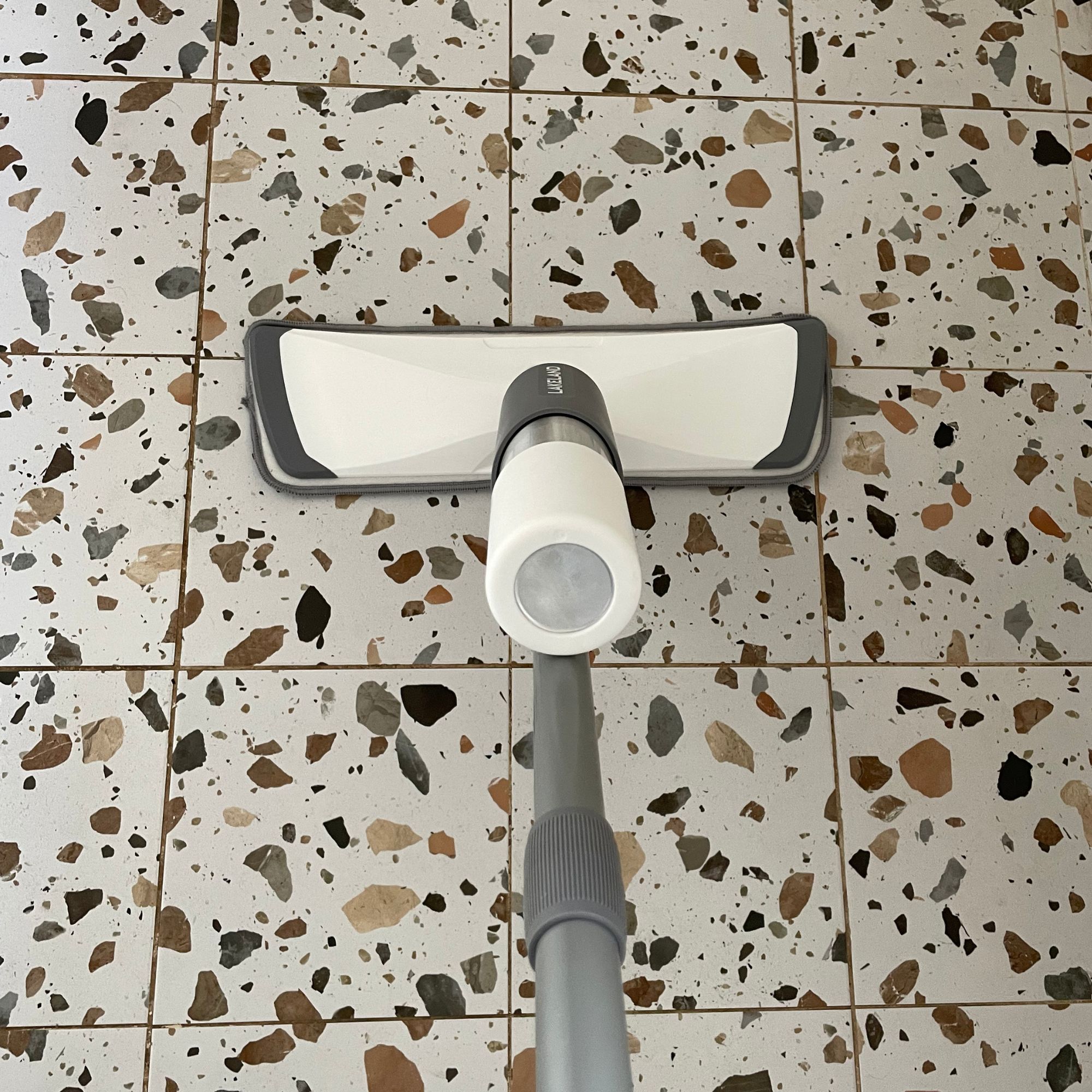 Experts warn that these 5 mopping mistakes are making your floors dirtier — and damaging your floors in the process
Experts warn that these 5 mopping mistakes are making your floors dirtier — and damaging your floors in the processThis is how to keep them clean and avoid costly damage
By Lauren Bradbury
-
 Move over, fences – dead hedges are the wild and wonderful alternative your garden will love and they're easier to build than you'd think
Move over, fences – dead hedges are the wild and wonderful alternative your garden will love and they're easier to build than you'd thinkThe perfect eco-friendly solution for small gardens
By Kayleigh Dray
-
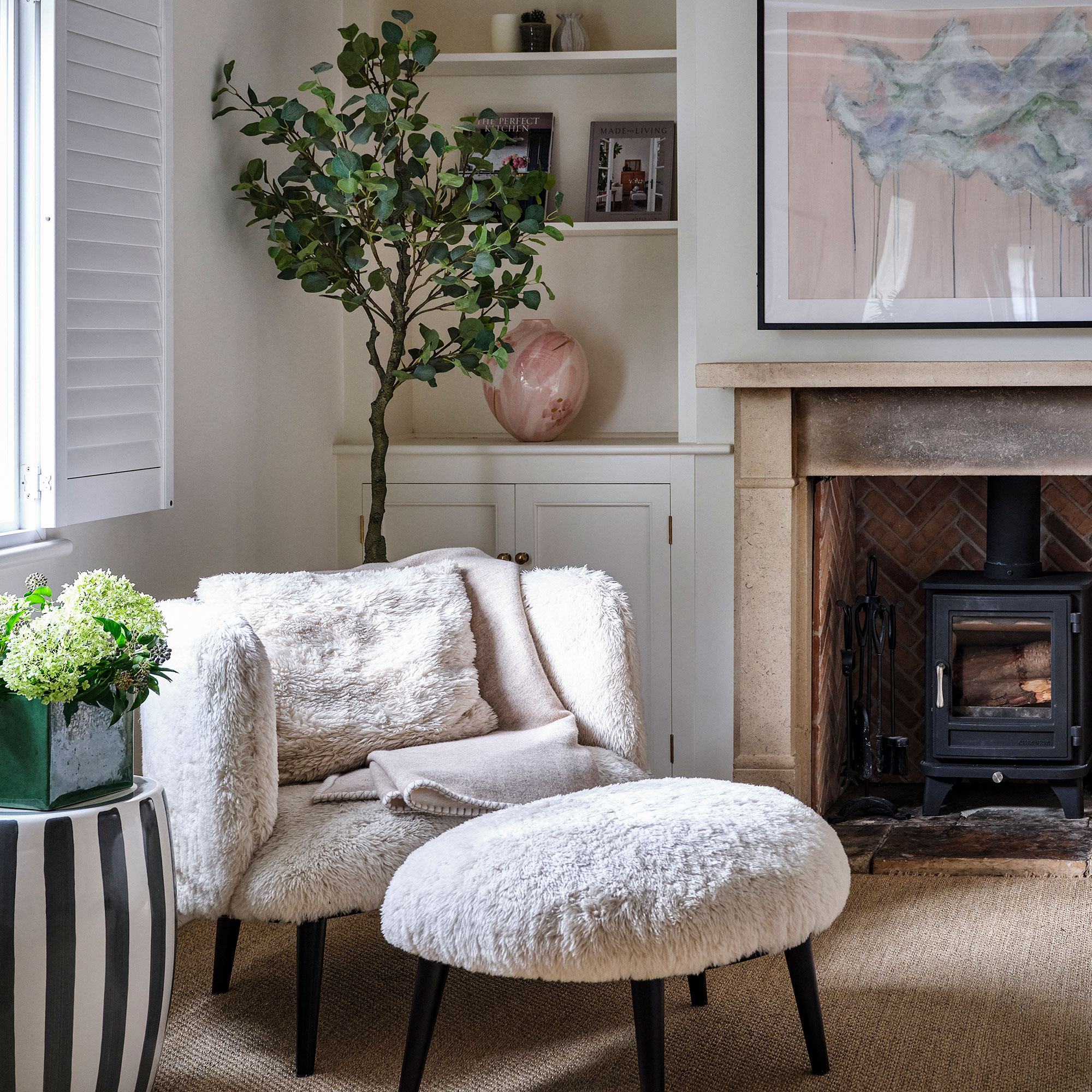 Hygge living room ideas — 6 ways to warm up your home with this Danish concept and cosy aesthetic
Hygge living room ideas — 6 ways to warm up your home with this Danish concept and cosy aestheticHunker down until summer finally arrives with these warming ideas
By Rebecca Knight
-
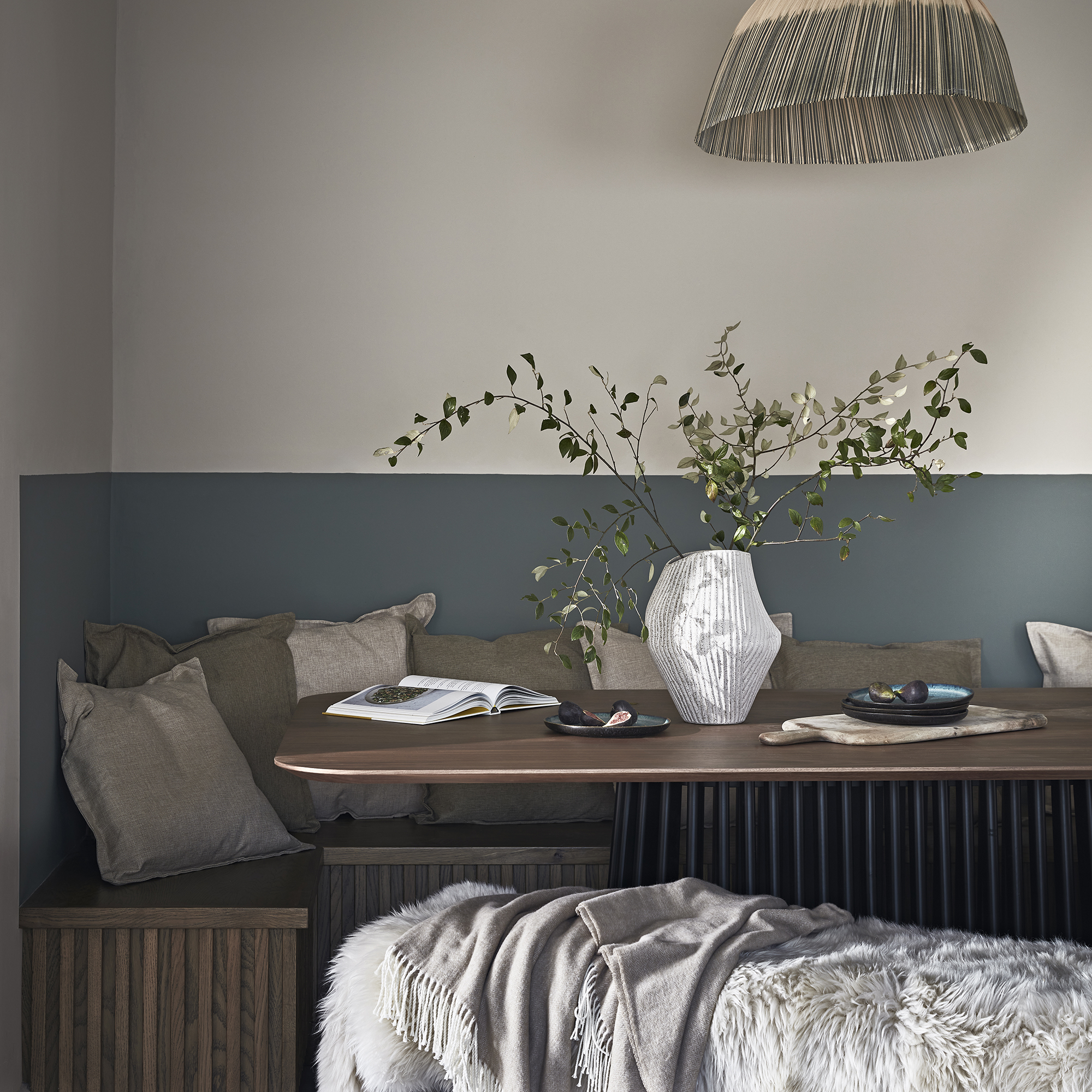
 How to create a sensory home – interiors experts reveal 5 easy ways to style your home and soothe your mind
How to create a sensory home – interiors experts reveal 5 easy ways to style your home and soothe your mindYou can turn any space into a sanctuary by following these simple steps
By Maddie Balcombe
-
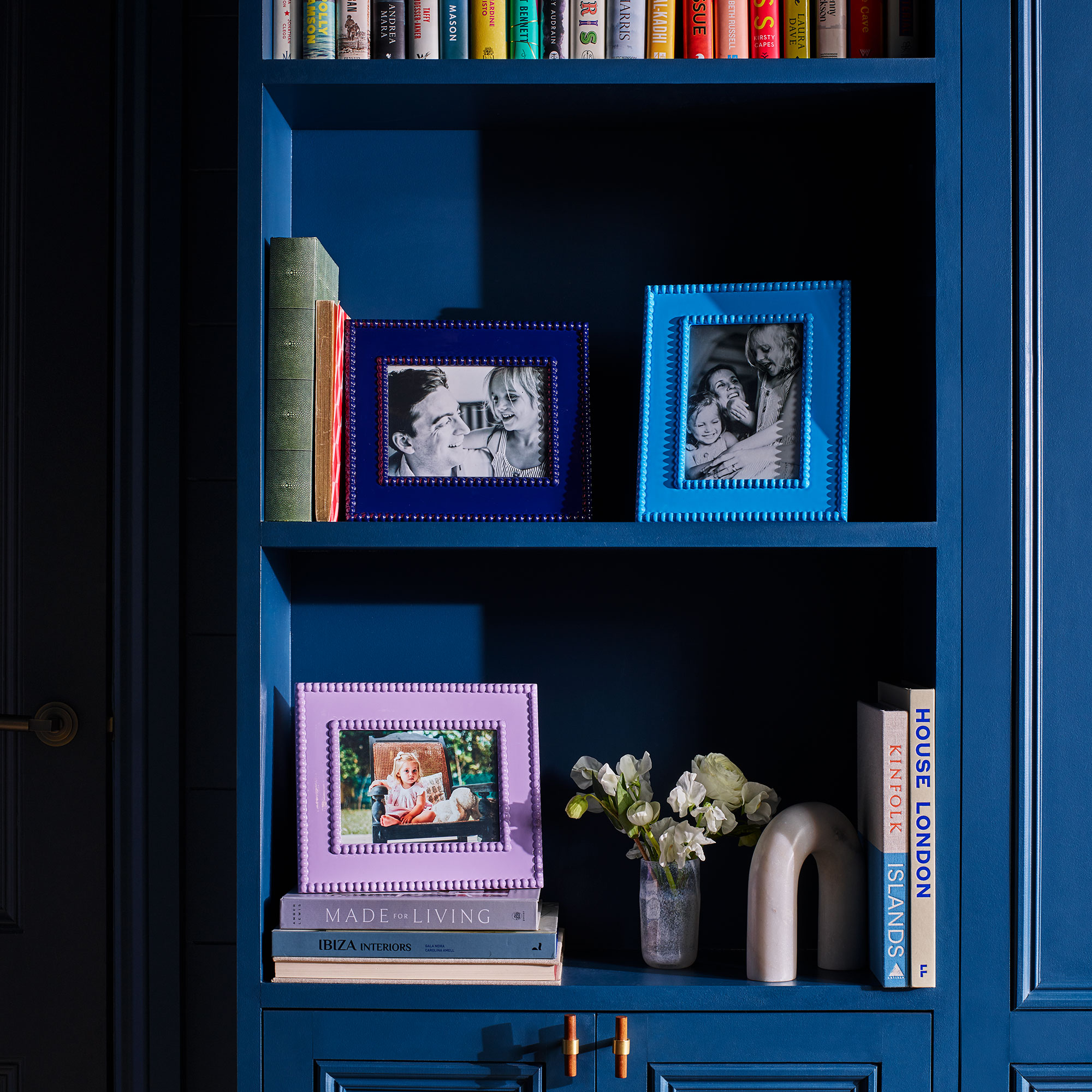
 Can displaying family photos at home make you happier? According to research it can — 5 ways to do it in style
Can displaying family photos at home make you happier? According to research it can — 5 ways to do it in styleHarness the mood-boosting power of looking through old photos by displaying your favourites
By Rebecca Knight
-
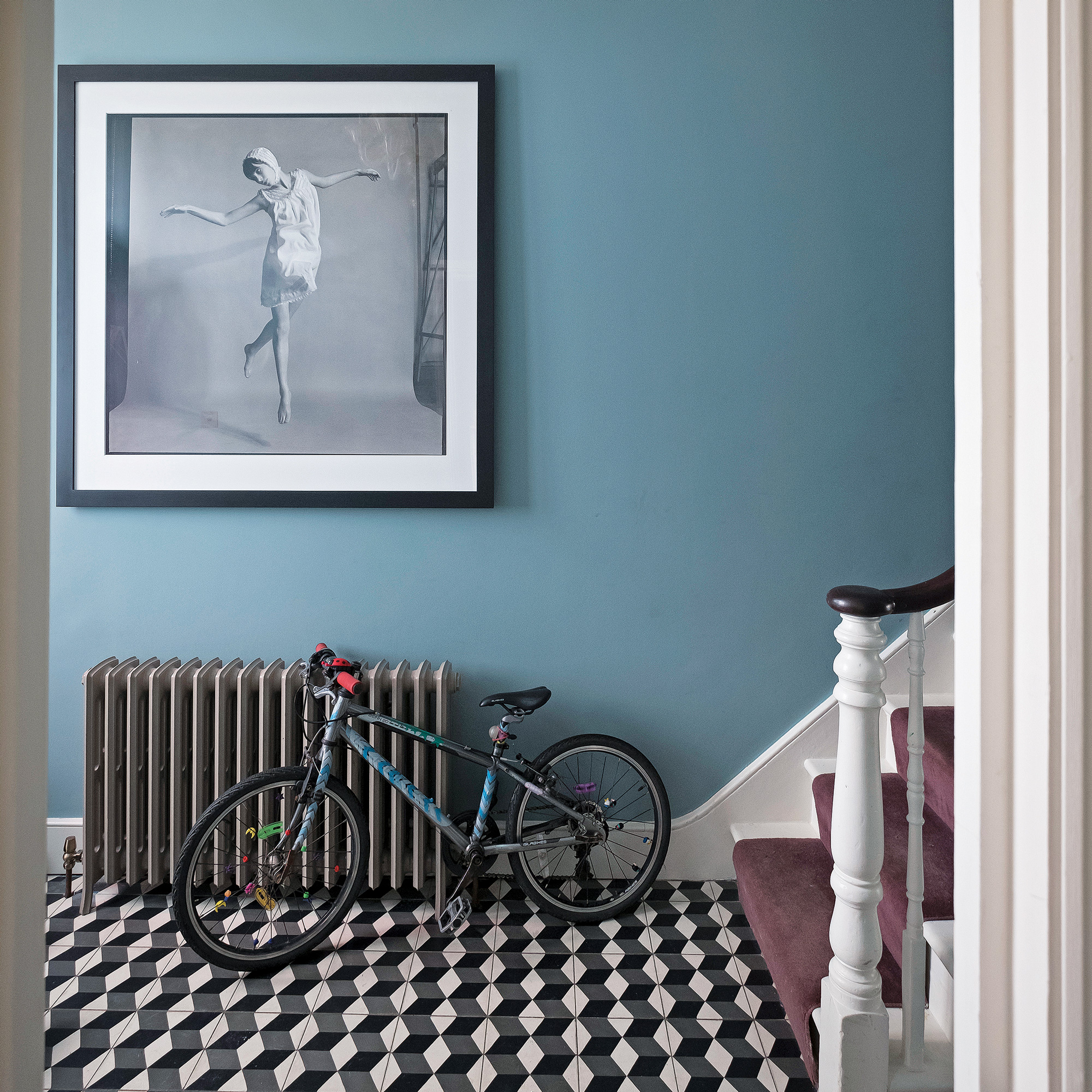 How to make a hallway smell incredible without candles - 7 ways to gently fragrance your entranceway
How to make a hallway smell incredible without candles - 7 ways to gently fragrance your entrancewayGo flame-free to safely scent your entryway
By Vanessa Richmond
-
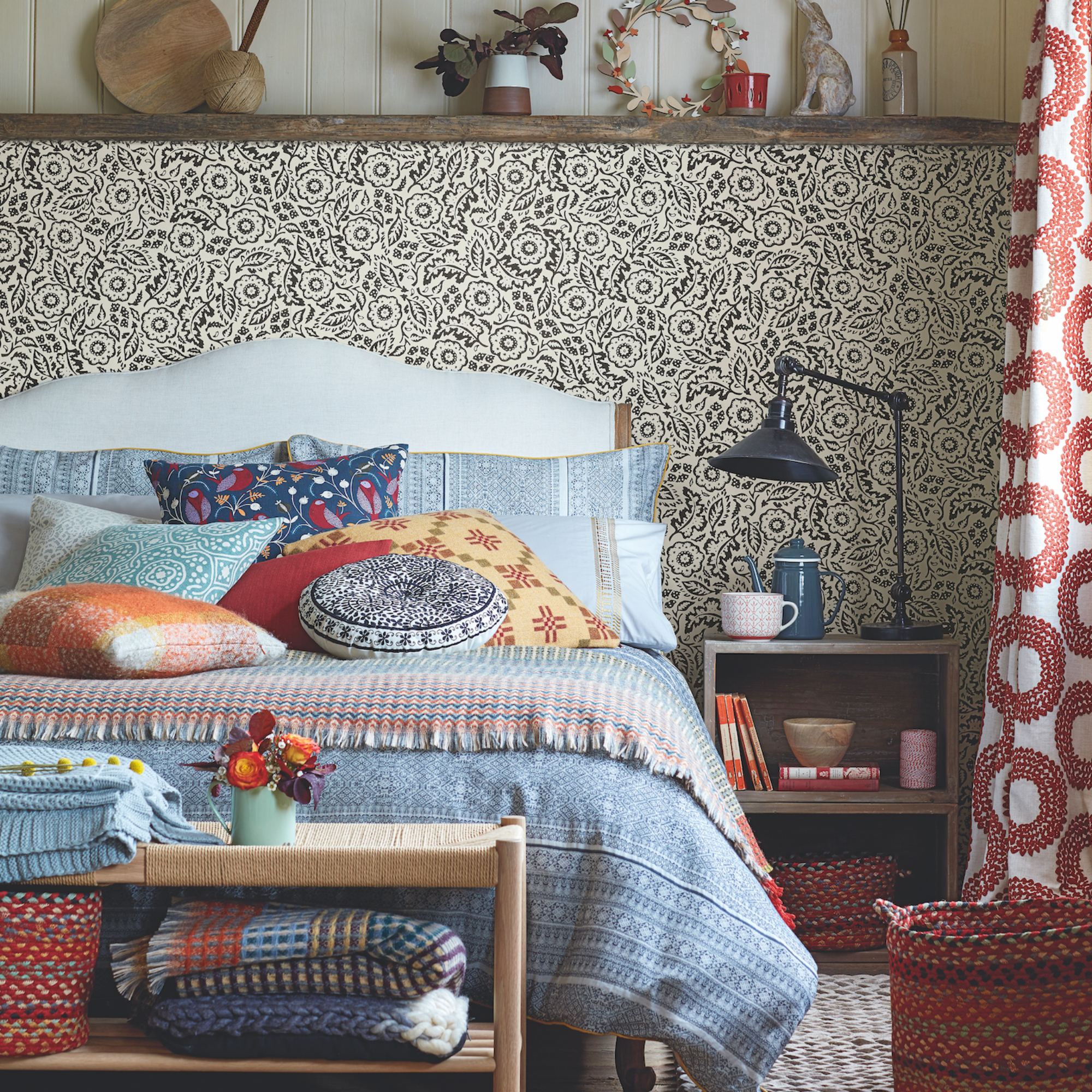 6 ways I brighten my home in January when the Christmas decorations come down, as an interior stylist
6 ways I brighten my home in January when the Christmas decorations come down, as an interior stylistHelp banish the winter gloom with these uplifting ideas
By Laurie Davidson
-
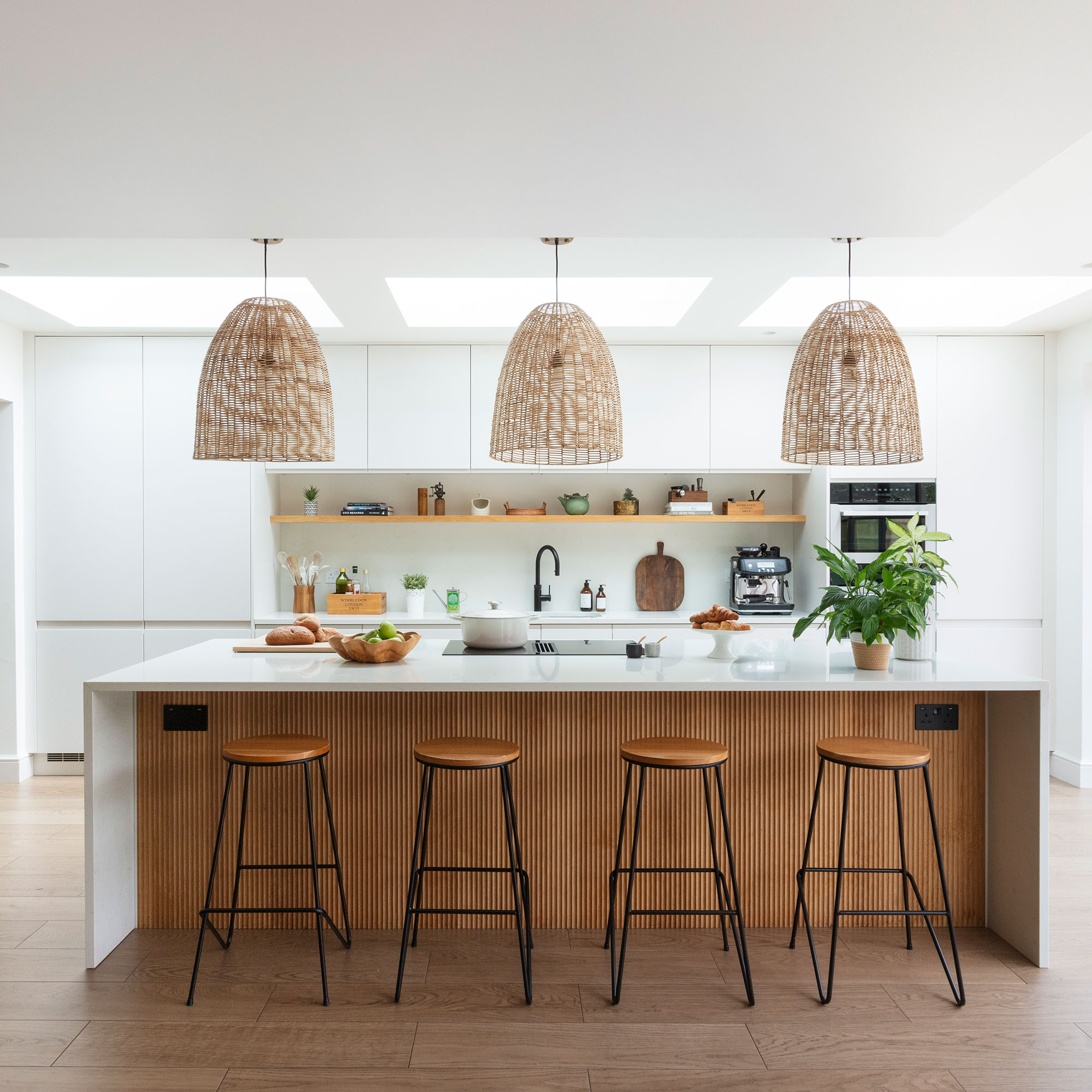 Kitchen hacks to encourage healthy eating habits — 7 ways your kitchen can support healthy living
Kitchen hacks to encourage healthy eating habits — 7 ways your kitchen can support healthy livingMake creating healthy changes easy by following these tips
By Eilidh Williams
-
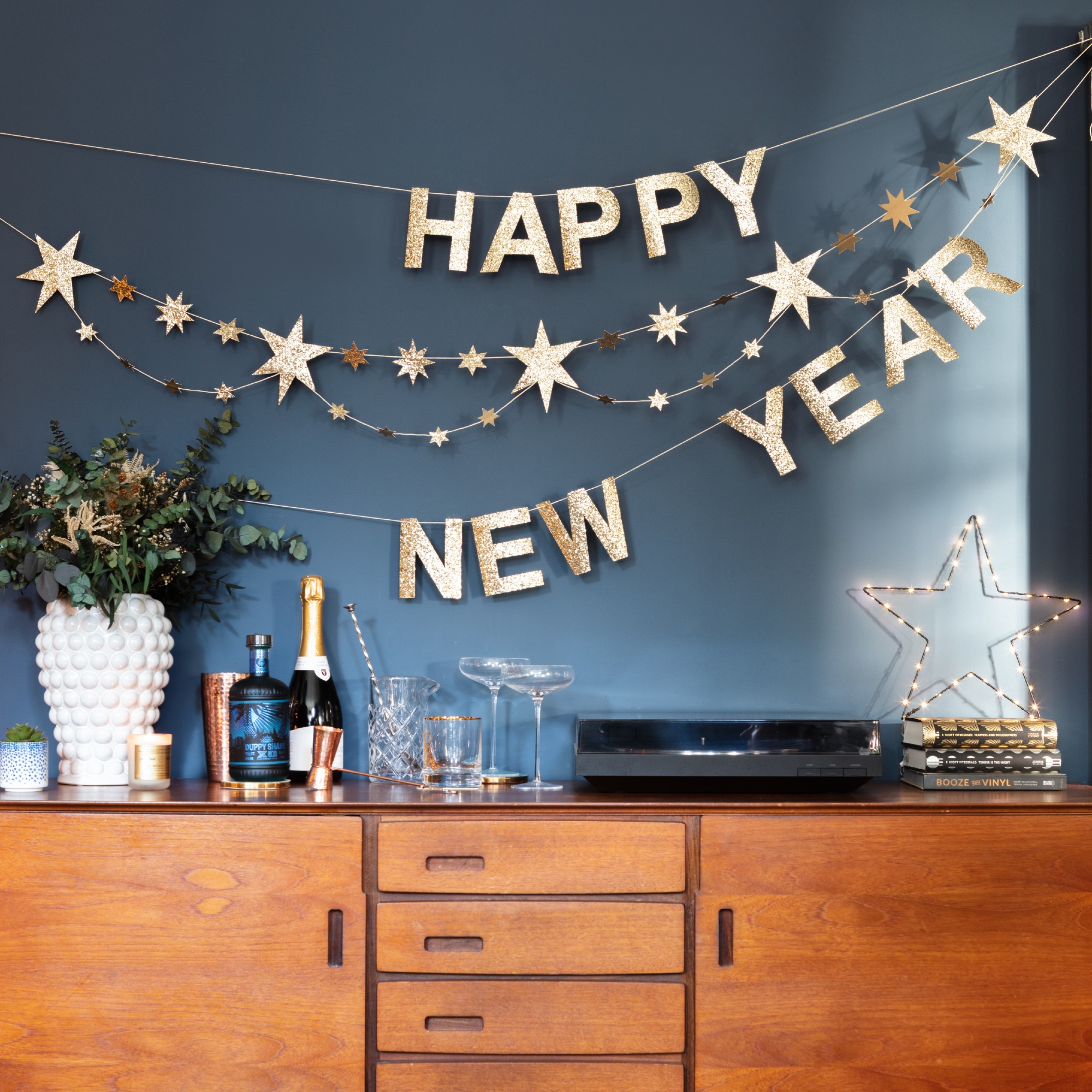 How to reset your home after Christmas to restore a sense of calm
How to reset your home after Christmas to restore a sense of calmFollow these 7 steps to get back to normal at home and beat post-Christmas blues
By Eilidh Williams
-
 How to make a house look more inviting - 8 ways to quickly boost your house’s appeal in time for Christmas
How to make a house look more inviting - 8 ways to quickly boost your house’s appeal in time for ChristmasMake visitors feel welcome from the second they step foot on your property
By Vanessa Richmond